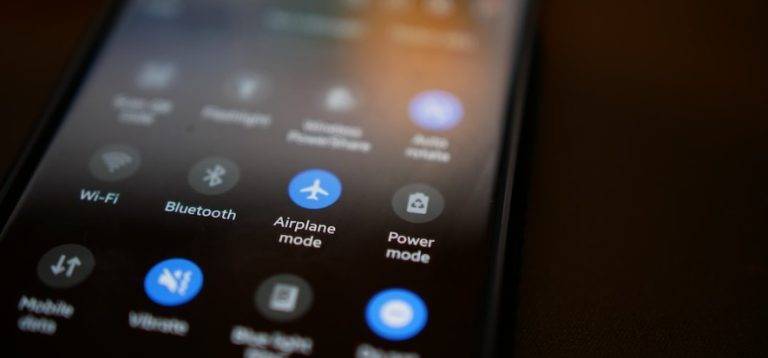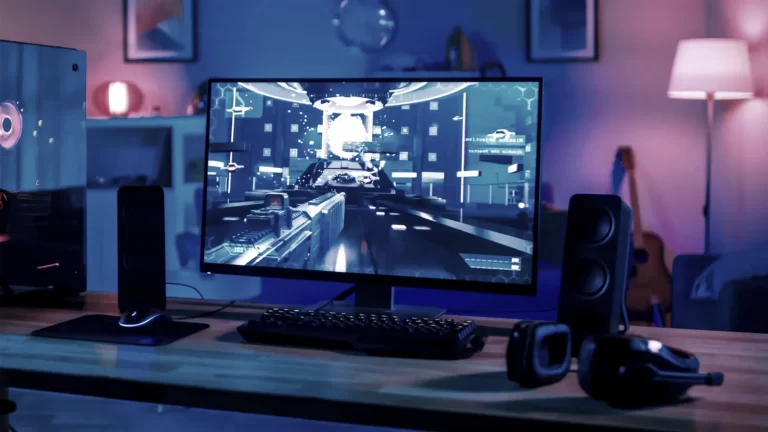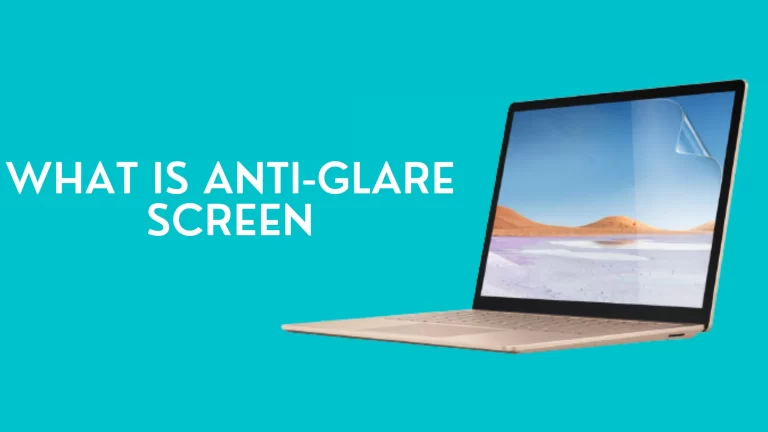Everything You Need to Know About How LCD Projectors Work
How LCD Projectors Work: A Complete Guide
This article offers an overview of LCD projectors from the basic functions to a complete guide on how they work. It offers a step by step look at the different parts that make up a projector, delves into more detail about how to use it, and examines what to look for when looking for one.
How does a projector work?
There are three main components to an LCD projector: the light source, the LCD panel, and the projection lens. The light source is typically a high-pressure mercury vapor lamp or a metal halide lamp. These lamps produce a broad spectrum of visible light that is directed into the LCD panel.
The LCD panel is made up of two layers of glass with a liquid crystal solution sandwiched in between. The crystals are aligned by polarizing filters that are placed on each side of the panel. When an electric current is applied to the crystals, they align themselves in such a way that they either allow or block light from passing through.
The third component, the projection lens, takes the light that has passed through the LCD panel and focuses it onto a screen or other surface. Most lenses used in LCD projectors are compound lenses, which means they consist of multiple lenses that work together to produce a clear image.
What is an LCD Projector?
An LCD projector is a type of video projector for displaying images on a screen. It uses a liquid crystal display (LCD) panel to modulate light passing through it. The LCD panel consists of a grid of pixels that can be individually controlled to create an image.
LCD projectors are commonly used in business presentations and education settings. They are often portable, making them easy to transport and set up. Many LCD projectors also have built-in speakers, making them ideal for giving multimedia presentations.
LCD projectors work by shining a light onto an LCD panel. The panel then modulates the light according to the image being displayed. The light is then projected onto a screen or other surface, creating an image.
Most LCD projectors use DLP (Digital Light Processing) technology. This uses mirrors to reflect the light from the LCD panel onto the screen. DLP projectors typically provide higher resolutions than LCOS (Liquid Crystal on Silicon) projectors, which use a different method of projecting the image.
The Magnification Ratio: A Look at the Numbers for a Projection Screen
LCD projectors have a native resolution, which is the number of pixels in the projector’s panel. The image is enlarged by the lens to fit the projection screen. The size of the image on the screen is determined by the throw ratio of the projector. The throw ratio is the relationship between the distance from the projector to the screen and the width of the image.
To calculate the magnification ratio, divide the width of the image by the width of the projector’s panel. For example, if an LCD projector has a native resolution of 1024×768 and it projects an image that is 8 feet wide, then its throw ratio would be 8:1 (8 divided by 1). This means that for every 1 foot that you move away from the projector, your image will be 8 feet wide on your screen.
What are the advantages of an LCD projector?
LCD projectors have many advantages over other types of projectors. For one, they are much smaller and lighter than other types of projectors, making them more portable and easier to set up. Additionally, LCD projectors produce clear, bright images with true-to-life colors. They also have a very long lifespan, lasting up to 10,000 hours before needing to be replaced. Finally, LCD projectors are very energy-efficient, using less power than other types of projectors.
Why is an LCD projector better than other types of projectors?
LCD projectors have several advantages over other types of projectors. First, LCDs create sharper images than other projector technologies, so you’ll get a clearer picture with an LCD projector. Additionally, LCD projectors tend to be smaller and lighter than other types of projectors, making them more portable and easier to set up. Finally, LCD projectors use less power than other types of projectors, so you’ll save money on your energy bill by using an LCD projector.
What to look for when buying an LCD projector
When shopping for an LCD projector, there are several things you’ll want to keep in mind. First, consider the resolution. The higher the resolution, the sharper the image will be. However, keep in mind that higher resolutions also require more powerful hardware, so it’s important to strike a balance between resolution and power.
Next, think about brightness. LCD projectors can range from 1500 to 3000 lumens, so you’ll want to make sure you pick one that’s bright enough for your needs. Additionally, look at the contrast ratio. A high contrast ratio means that the projector can produce deep blacks and bright whites. This is important for making sure images look sharp and detailed.
Finally, take a look at the throw ratio. This is the ratio of the distance between the projector and the screen to the width of the projected image. A shorter throw ratio means that you can place the projector closer to the screen, while a longer throw ratio requires more distance between the projector and screen. Choose a throw ratio that’s appropriate for your setup.
Conclusion
An LCD projector is a great way to project images and videos in a large format. By understanding how LCD projectors work, you can ensure that your projector will provide high-quality visuals for your next presentation or event. Thanks for reading!





